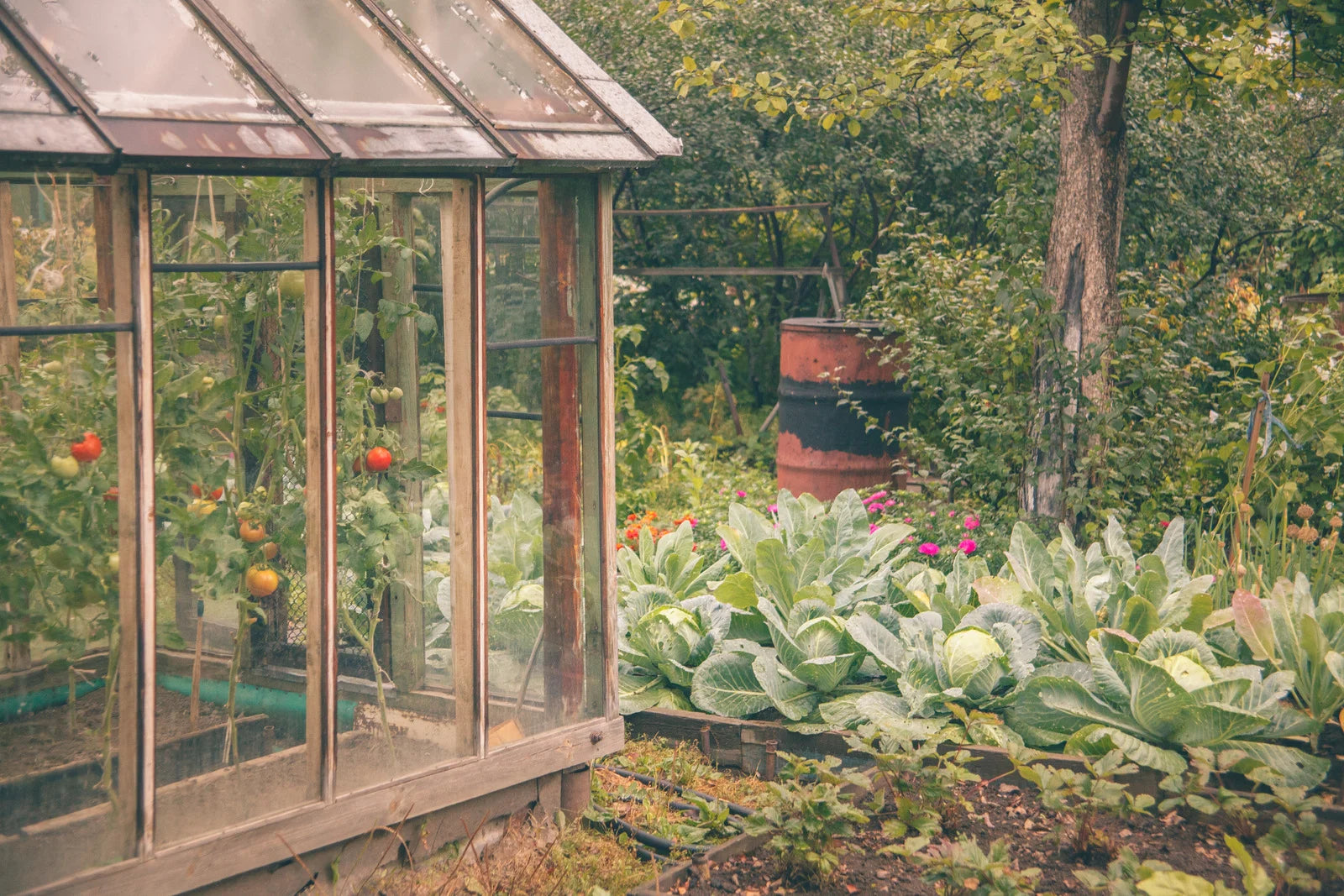In a world marked by uncertainty, resilience has become a crucial trait for navigating the challenges that life throws our way. One practical manifestation of resilience is the art of cultivating a survival garden. As economic uncertainties continue to loom, having a self-sustaining source of fresh produce can not only provide a sense of security but also foster a deeper connection with nature. In this guide, we'll delve into the basics of starting a survival garden, exploring the reasons behind its importance during harsh economic times.
Cultivating Resilience Through Survival Gardens
Before we delve into the nitty-gritty of starting a survival garden, let's take a moment to understand why resilience matters in today's world. Economic fluctuations, supply chain disruptions, and unforeseen circumstances can disrupt the steady flow of essential resources. Building resilience through self-sufficiency is like having a safety net that allows you to weather these storms with greater ease.
A survival garden is more than just a plot of land growing vegetables – it's a symbol of empowerment, a source of nourishment, and a hedge against uncertainty. By cultivating your own food, you regain a measure of control over your sustenance, reduce reliance on external factors, and contribute to a sustainable future.

The Essentials of Starting Your Survival Garden
-
Location and Design
When selecting a location for your survival garden, consider factors beyond sunlight. Take into account factors like proximity to a water source and protection from strong winds. The orientation of the garden in relation to the sun's path can affect light exposure. Choosing the right location for your survival garden is paramount. Look for an area that receives ample sunlight throughout the day. If space is limited, consider container gardening or vertical gardening. Design your garden with functionality in mind, grouping plants with similar water and sunlight needs together for efficient care. Check the USDA hardiness zone before considering a survival garden.
-
Soil Preparation
Soil preparation goes beyond physical tilling. Conduct a soil test to determine the pH and nutrient levels. This analysis guides you in making necessary amendments to optimize plant growth. Compost and organic matter enrich the soil's structure, allowing for better water retention, drainage, and root penetration. The improved fertility of the soil promotes healthy plant development, which ultimately enhances the garden's overall productivity.
-
Plant Selection
The success of your survival garden depends on choosing the right plants. Consider the local climate and growing season when selecting crops. Opt for a diverse mix of vegetables, fruits, and herbs that align with your region's conditions. Focus on nutrient-dense crops that offer essential vitamins and minerals, providing a well-rounded diet. Researching and investing in native and adapted varieties can enhance the resilience of your garden, making it better equipped to withstand challenges.
-
Seed Selection and Storage
Choosing the right seeds is paramount. Heirloom seeds are preferred for their open-pollinated nature, allowing you to save seeds from your harvest for the following year. Companies like Seed Armory offer a reliable source of high-quality heirloom seeds. After obtaining seeds, proper storage is vital. Storing them in a cool, dry, and dark place helps maintain their viability. Some gardeners even use airtight containers or vacuum-sealed bags to prolong seed life.
-
Water Management
Adequate water management is essential for healthy plant growth. Besides traditional watering methods, consider setting up rainwater harvesting systems. Collecting rainwater not only conserves water but also reduces utility costs. Applying mulch around plants is another effective technique. Mulching helps retain soil moisture by preventing evaporation, and it also suppresses weed growth. Both methods contribute to efficient water usage in your garden.
-
Pest and Disease Management
A thriving garden attracts not only desired plants but also unwanted pests and diseases. Integrated pest management involves a holistic approach. Companion planting involves strategically placing plants that deter pests or attract beneficial insects. Regular inspection of plants can help identify issues early. Introducing beneficial insects like ladybugs or using organic pest control methods minimizes the need for chemical interventions, thus promoting a healthier garden ecosystem.
-
Continuous Learning
Gardening is a journey of continuous learning. Join gardening communities, either online or locally, to exchange experiences and knowledge. Reading books, attending workshops, and following gardening blogs expand your understanding of various techniques, approaches, and innovations. Staying curious and open to new ideas helps you adapt and refine your gardening practices over time.
-
Harvesting and Preservation
Harvesting produce at its peak ensures the best taste and nutritional value. Each crop has specific indicators for optimal harvest times. Learning these signs is essential. Additionally, mastering preservation methods like canning, drying, and fermenting helps extend the availability of your harvest beyond the growing season. These techniques allow you to enjoy the fruits of your labor year-round and reduce waste.

The Importance of Seed Armory in Your Survival Journey
When embarking on your survival garden journey, the quality of your seeds is non-negotiable. This is where Seed Armory comes into play. With a commitment to providing heirloom, non-GMO seeds, Seed Armory equips you with the genetic diversity needed to ensure a resilient and productive garden year after year. Their seeds are carefully selected to thrive in various conditions, making them a reliable choice for your survival garden.
Closing Thoughts
In a world where economic stability can sometimes be uncertain, building resilience is a wise and empowering choice. Starting a survival garden might seem like a small step, but it has the potential to yield significant rewards. Beyond the practicality of fresh produce, it fosters a sense of self-sufficiency and a deeper connection with the earth. So, roll up your sleeves, grab your gardening tools, and embark on this journey toward cultivating your own resilient haven. Your survival garden could be the key to a brighter, more self-assured future.











